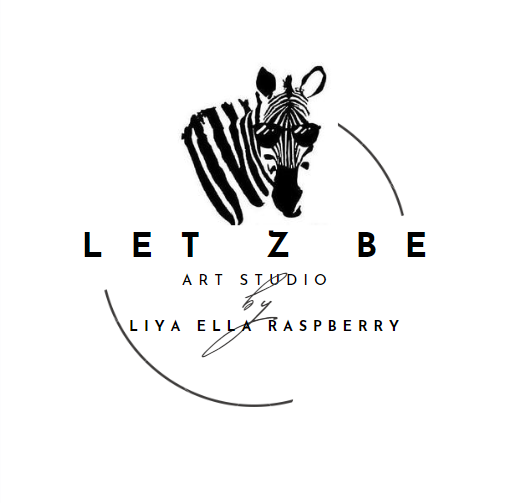
"The Fake That Controls Us: How to Recognize the Real Truth Within"
Share
Humanity is filled with contradictions. We show certain sides of ourselves to the world, while others remain hidden. We wear smiles that mask pain, words that hide fear, and peaceful eyes that tell of inner storms. But is this our true existence? Are we presenting ourselves as we truly are, or are we always presenting a facade — Fake vs Real?
The gap between how we want to be or appear and how we expect to be seen by others creates the dichotomy of deception. If we want to live our truth, we may need to face rejection or a lack of acceptance. This fear often leads many of us to hide our true feelings. But what if a person’s truth is not always seen for what it really is? What if our fear of accepting ourselves and others stems from the fact that we lack the ability to truly see what stands before us?

Perhaps every interaction with others — every glance or experience — is based on the illusion of understanding, stemming from our inability to fully comprehend the essence of another person. We think we know something about the people around us — who they are, what they think, what they feel. Yet in the end, all we have is a personal mechanism of social rules that guide us blindly. We don’t truly see the entirety of the person before us; we simply understand the parts we want to understand.
Is there an objective truth, or does each person create their own truth? The truth is flexible and dependent on each individual's perspective, which might be why it’s so difficult to determine whether what we perceive as truth or deception is really definitive. We don’t live in a one-dimensional reality. Every action, every word, every gesture we make, whether done gently or forcefully, carries with it our internal world and all the places where we haven’t been honest with ourselves.

There is an innate, unrelenting need in all of us to feel accepted, to feel valued, to feel understood. And so, our internal truth often succumbs to the temptation of presenting a Fake version — a version of deception. The realization that I cannot always know what is Real and what is Fake has sparked a shift in my thinking. If everything is a Fake, then each of us is part of this story. Do we need deception to survive? After all, deception has spread to all corners of our lives. It’s in the media that presents perfect versions of ourselves, in a culture that sets unrealistic standards. This leads to a situation where we often deceive even ourselves!
In the expansion of my series "It Came Out a Bit Sad, So I Put on a Smile," I don’t intend to judge truth or deception — but rather to highlight the complexity of it. The human, almost survival-driven need to deceive, but also the need to stay true to ourselves. Deception, I find, is a protective survival mechanism. We don’t always have the capacity to share all of our inner pain, all the emotional storms we’re going through. Sometimes, deception is our way of protecting ourselves from shame, social stigma, or the understanding that maybe no one can truly contain us.

The attempt to understand others’ internal deceptions and their impact on me has raised questions I still don’t have clear answers to: What do I really see when I meet someone? Do I see them for who they truly are, or is my perception distorted by fears, ideals, past experiences? Can we ever truly know the absolute Real of the person in front of us? Are all the "smiles" we create simply a defense mechanism, or are they a real way to communicate our being?
Understanding that behind every deception lies a personal challenge and a desire to remain in social norms can lead us to feel compassion for ourselves and for others. Can we deceive in a way that still honors ourselves, without losing touch with the inner truth of our authentic selves?
My art, especially in the expanded series "It Came Out a Bit Sad, So I Put on a Smile," with its colors, lines, and layers, isn’t just my artwork — it’s an unveiling of the battle between words and actions, between what we present to the world and what’s happening inside us. How well do we truly know ourselves and others? The recognition that deception is a survival mechanism is a critical part of this process. My art beautifully displays both the fracture and the internal wound, but also the path to healing — to see ourselves, even when we are not perfect. Every smile, even the most fake, is a step towards self-acceptance. The challenge is to find a way to move through this world, in this society, staying true to ourselves while still holding onto our masks when necessary.
If this speaks to you, I invite you to explore my collection "It Came Out a Bit Sad, So I Put on a Smile" through my collection, and above all — connect with your smile, your true and honest smile.
